The Lunar Dance: Exploring The Months Of The Islamic Calendar
The Lunar Dance: Exploring the Months of the Islamic Calendar
Associated Articles: The Lunar Dance: Exploring the Months of the Islamic Calendar
Introduction
On this auspicious event, we’re delighted to delve into the intriguing subject associated to The Lunar Dance: Exploring the Months of the Islamic Calendar. Let’s weave fascinating info and supply contemporary views to the readers.
Desk of Content material
The Lunar Dance: Exploring the Months of the Islamic Calendar

The Islamic calendar, a lunar calendar based mostly on the month-to-month cycles of the moon, holds a profound significance for Muslims worldwide. In contrast to the photo voltaic Gregorian calendar, its years are shorter, and its months shift all through the photo voltaic yr, creating a novel rhythm and a relentless connection to the celestial dance above. Understanding this calendar is not merely about dates; it is about greedy the non secular and sensible framework that governs the lives of over a billion folks. This text delves into the twelve months of the Islamic calendar, exploring their historic significance, spiritual observances, and cultural affect.
The Islamic calendar begins with the Hijra, the migration of the Prophet Muhammad (peace be upon him) from Mecca to Medina in 622 CE. This occasion marks a pivotal level in Islamic historical past, signifying the institution of the primary Muslim neighborhood and the start of a brand new period. The calendar’s lunar nature signifies that its months are roughly 29 or 30 days lengthy, leading to a yr of 354 or 355 days – roughly 11 days shorter than the photo voltaic yr. This distinction results in the Islamic calendar steadily shifting by the seasons through the years.
The Months and Their Significance:
Every month of the Islamic calendar holds its personal distinctive significance, imbued with historic occasions, spiritual practices, and cultural traditions. Let’s discover them individually:
-
Muharram (محرم): The primary month of the Islamic yr is Muharram, a sacred month noticed with solemnity and remembrance. It marks the start of the brand new yr and is taken into account one of many 4 sacred months, throughout which warfare was historically forbidden. The tenth day of Muharram, Ashura (عاشوراء), holds specific significance, commemorating the martyrdom of Imam Hussein, the grandson of Prophet Muhammad, on the Battle of Karbala. Shia Muslims observe Ashura with mourning and remembrance, whereas Sunni Muslims typically quick on this present day.
-
Safar (صفر): Safar is mostly thought-about an inauspicious month, although this perception varies throughout completely different cultures and interpretations. Historically, it was a time of journey and migration, however it’s not related to main spiritual holidays.
-
Rabi’ al-Awwal (ربيع الأول): This month holds immense significance because it marks the delivery of the Prophet Muhammad (peace be upon him). Celebrations and non secular gatherings are held throughout the Muslim world to commemorate this auspicious event. Many mosques host particular prayers and lectures, and households collect for meals and festivities.
-
Rabi’ al-Thani (ربيع الثاني): Whereas not as prominently marked as Rabi’ al-Awwal, Rabi’ al-Thani nonetheless holds significance for Muslims. It’s a time for reflection and non secular renewal, persevering with the celebratory environment of the earlier month.
-
Jumada al-Ula (جمادى الأولى): Jumada al-Ula, which means "the primary Jumada," is mostly a quiet month, missing main spiritual holidays. It’s a interval for private reflection and non secular preparation.
-
Jumada al-Thaniyah (جمادى الآخرة): Much like Jumada al-Ula, Jumada al-Thaniyah is a comparatively quiet month. It’s a time for specializing in private devotion and non secular development.
-
Rajab (رجب): Rajab is one other of the 4 sacred months, historically a time of peace and abstinence from warfare. It’s thought-about a month of preparation for the holy month of Ramadan, with many Muslims rising their prayers and devotion.
-
Sha’ban (شعبان): Sha’ban is the month previous Ramadan, typically seen as a time of non secular preparation and purification. Many Muslims improve their acts of worship, together with fasting, prayer, and charity, in anticipation of the holy month. The center of Sha’ban is especially vital, as it’s believed to be an evening of nice non secular significance.
-
Ramadan (رمضان): Ramadan is the holiest month within the Islamic calendar. It’s the month of fasting, from daybreak until nightfall, a time of intense non secular reflection, prayer, and charity. The act of fasting will not be merely about abstaining from foods and drinks; it is about cultivating empathy, self-discipline, and non secular development. The month culminates in Eid al-Fitr, a joyous celebration marking the top of the quick.
-
Shawwal (شوال): Shawwal follows Ramadan and begins with Eid al-Fitr, a three-day pageant celebrating the top of the fasting month. It’s a time of pleasure, household gatherings, and expressions of gratitude.
-
Dhul-Qi’dah (ذو القعدة): Dhul-Qi’dah is one other of the 4 sacred months, historically a time of peace and abstinence from warfare. It’s a interval of preparation for the pilgrimage to Mecca throughout Dhul-Hijjah.
-
Dhul-Hijjah (ذو الحجة): Dhul-Hijjah is the ultimate month of the Islamic yr and holds immense significance. It’s the month of Hajj, the annual pilgrimage to Mecca, one of many 5 pillars of Islam. The tenth day of Dhul-Hijjah, Eid al-Adha, marks the fruits of the Hajj pilgrimage and is widely known with animal sacrifice and communal feasts. It commemorates the willingness of Prophet Ibrahim (Abraham) to sacrifice his son, Ismail, as an act of obedience to God.
The Cultural Impression:
The Islamic calendar will not be merely a system of courting; it’s deeply interwoven with the cultural material of Muslim societies. Festivals, household gatherings, and social occasions are sometimes timed in accordance with the lunar calendar, making a rhythm of life that’s distinct and deeply significant. The agricultural cycles in lots of Muslim-majority nations are additionally influenced by the lunar calendar, with planting and harvesting typically timed to coincide with particular months.
Challenges and Concerns:
The lunar nature of the Islamic calendar presents sure challenges. The shifting dates of non secular holidays relative to the photo voltaic yr could cause issues in scheduling and planning. Moreover, the distinction between the lunar and photo voltaic years signifies that the Islamic calendar doesn’t align with the seasons in a constant method. This could result in variations within the timing of agricultural actions and different seasonal occasions.
Conclusion:
The Islamic calendar is greater than only a system for monitoring time; it’s a dwelling testomony to the religion and historical past of Islam. Every month carries its personal weight of significance, shaping the spiritual, cultural, and social lives of Muslims worldwide. Understanding this calendar gives a deeper perception into the richness and complexity of Islamic tradition and custom, providing a window into the non secular rhythm that governs the lives of thousands and thousands. From the solemnity of Muharram to the joyous celebrations of Eid al-Fitr and Eid al-Adha, the twelve months of the Islamic calendar signify a journey by religion, historical past, and the enduring legacy of a vibrant civilization. It is a calendar that displays not simply the passage of time, however the cyclical nature of life, loss of life, and non secular renewal, a relentless reminder of humanity’s connection to the divine and the cosmos.
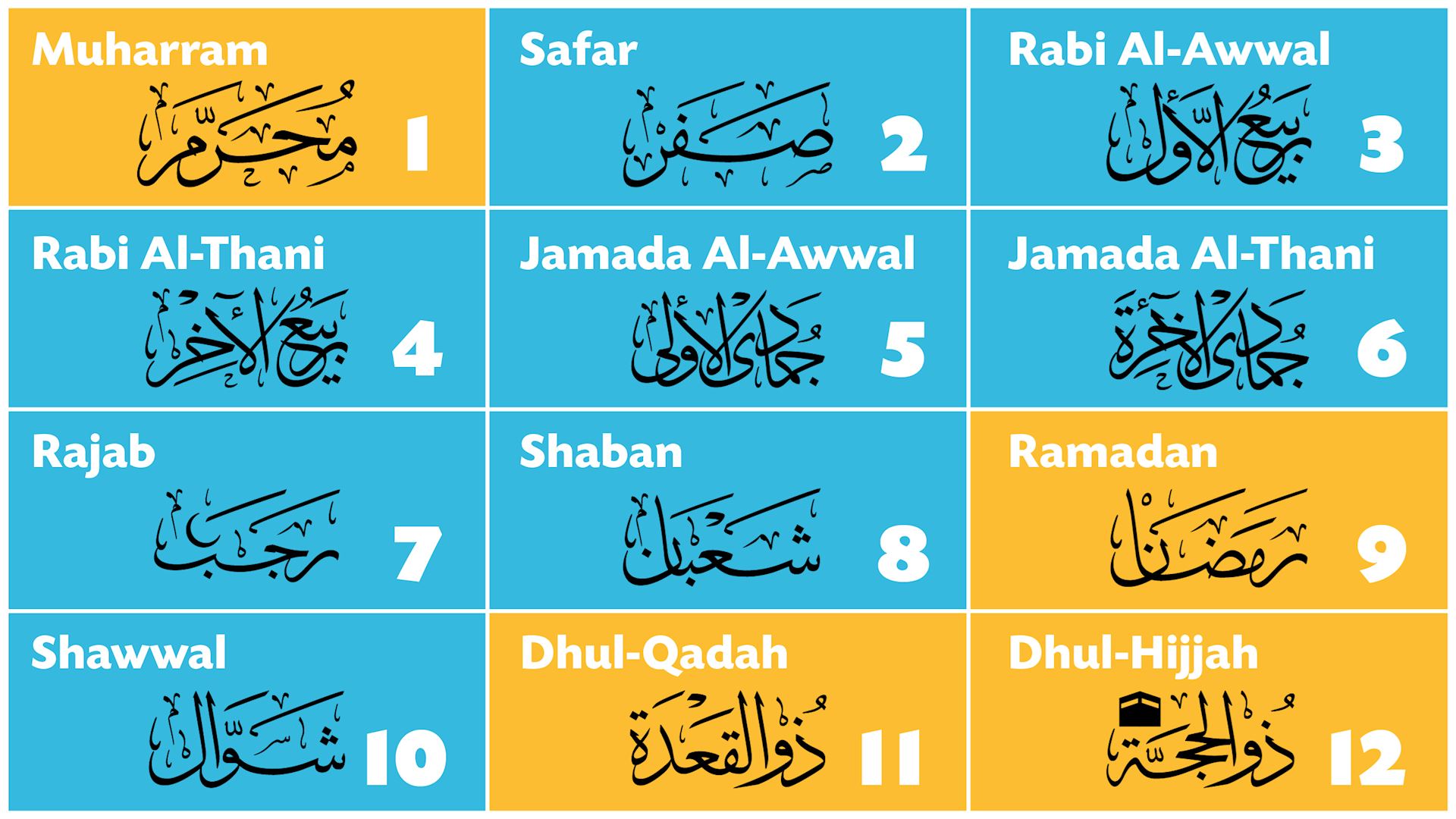
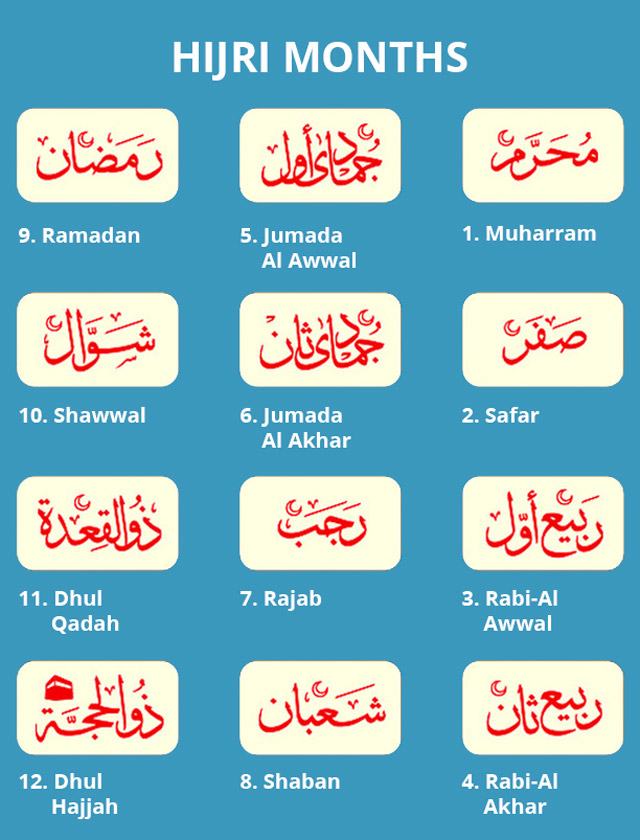
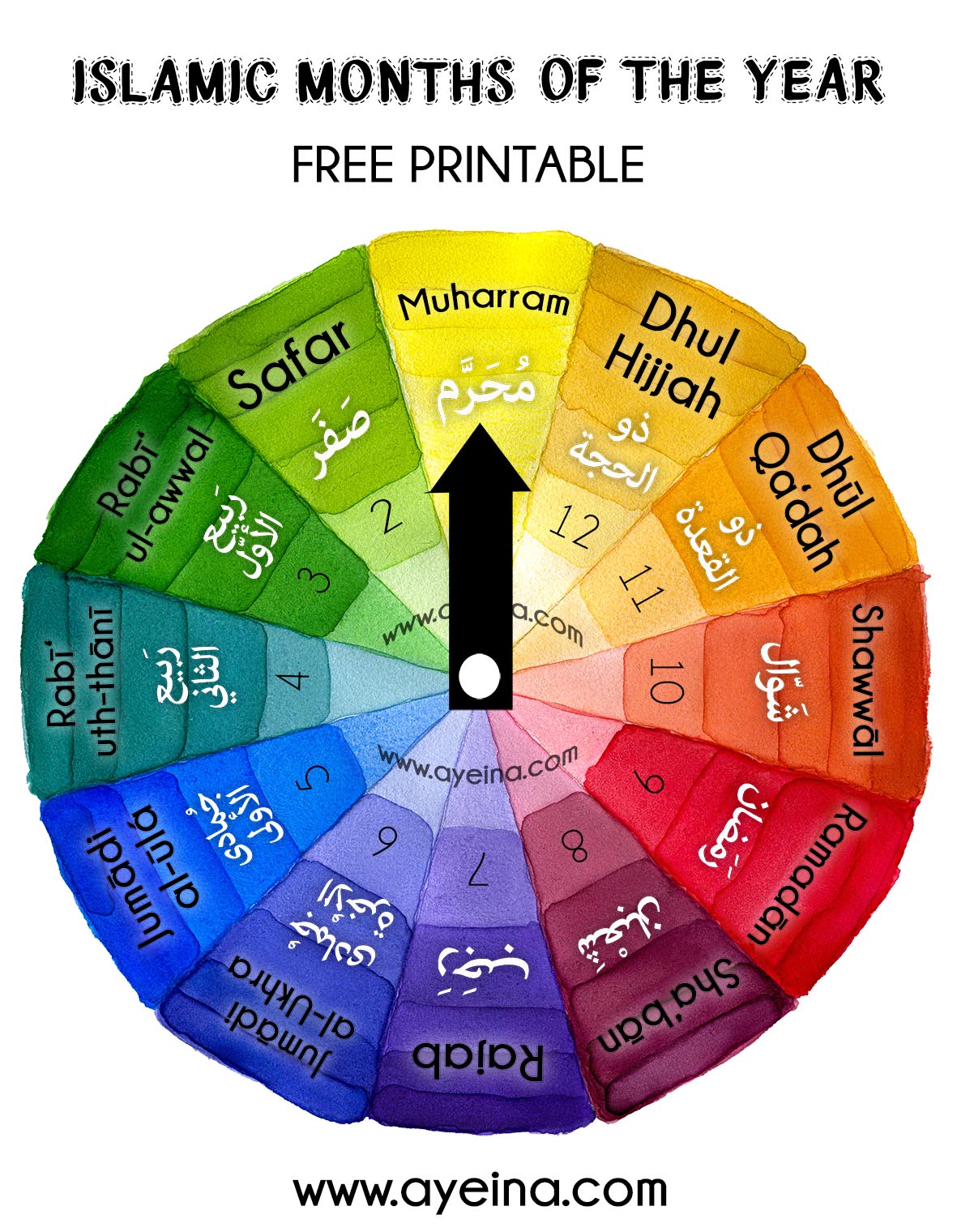



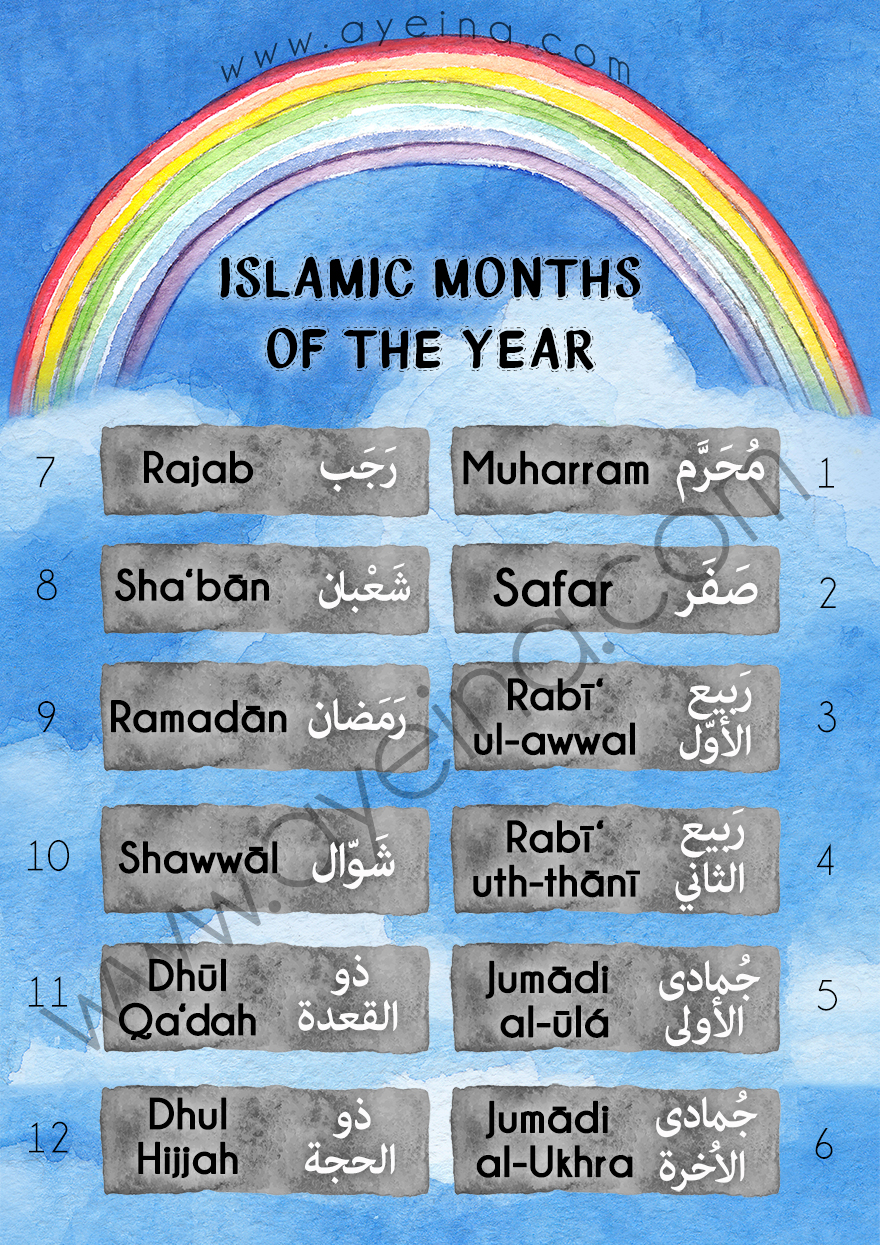
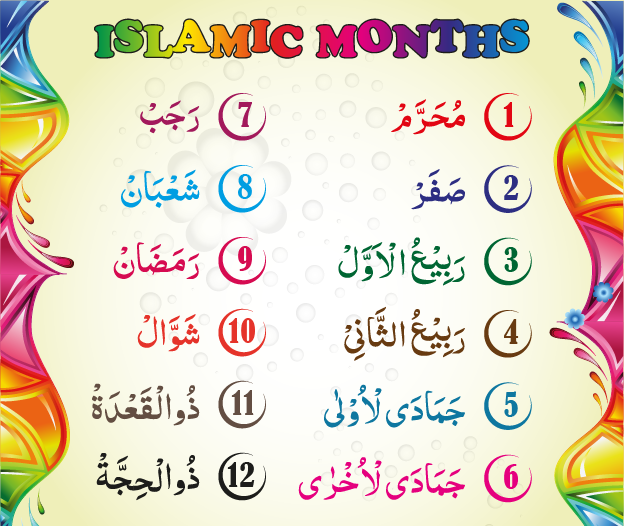
Closure
Thus, we hope this text has offered useful insights into The Lunar Dance: Exploring the Months of the Islamic Calendar. We thanks for taking the time to learn this text. See you in our subsequent article!